Transit of Venus 2012: How to Safely Photograph a Rare Sky Sight (Photo Guide)
Venus Transit in Hydrogen-Alpha
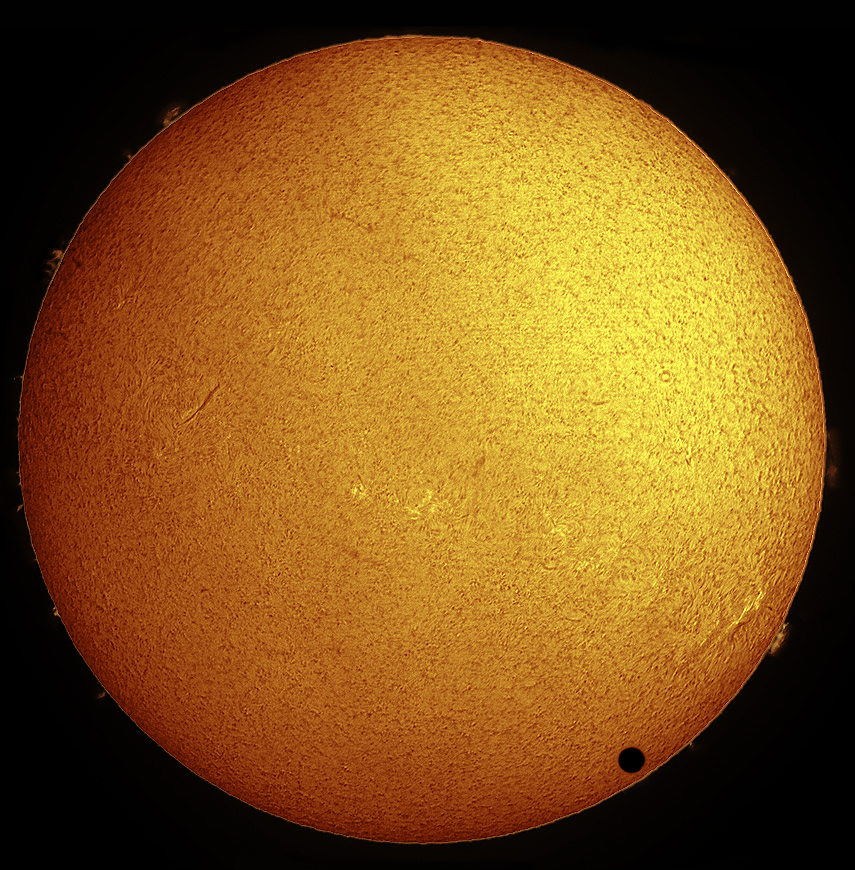
There is an art to photographing major solar events like the 2012 transit of Venus across the sun on June 5-6, 2012. Here's a look at how to snap effective sun photos with telescopes, cameras and even smartphones.
Here, Paul Hyndman captured a stunning view of Venus crossing the face of the sun in hydrogen-alpha light on the morning of June 8, 2004 from Roxbury, Connecticut. He used an Astro-Physics 105-millimeter Traveler telescope fitted with a Coronado Solarmax90/T-Max and 30-mm blocking filter, a TeleVue 2X Powermate lens, and an SBIG STL-11000M CCD camera.
Venus Transit 2012 Time Tags
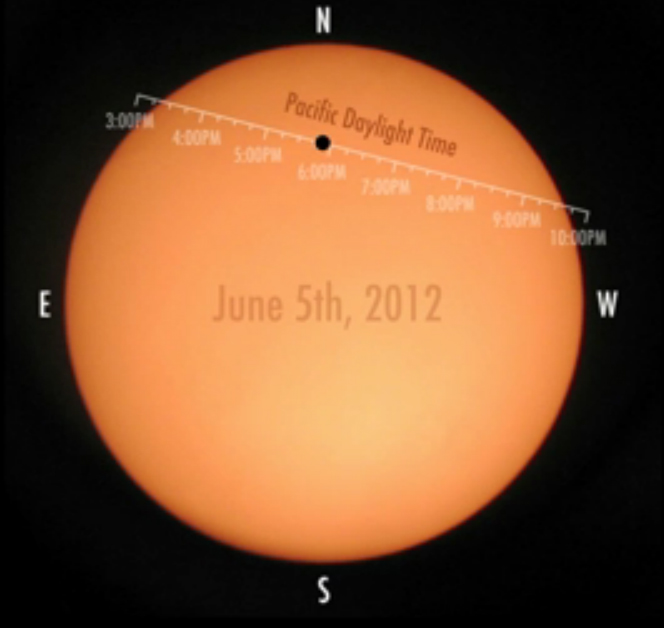
This still from a NASA video shows the position of Venus on the sun's disk in Pacific Daylight Time on June 5, 2012 during the last transit of Venus for 105 years.
Venus Transit 2004 in White Light
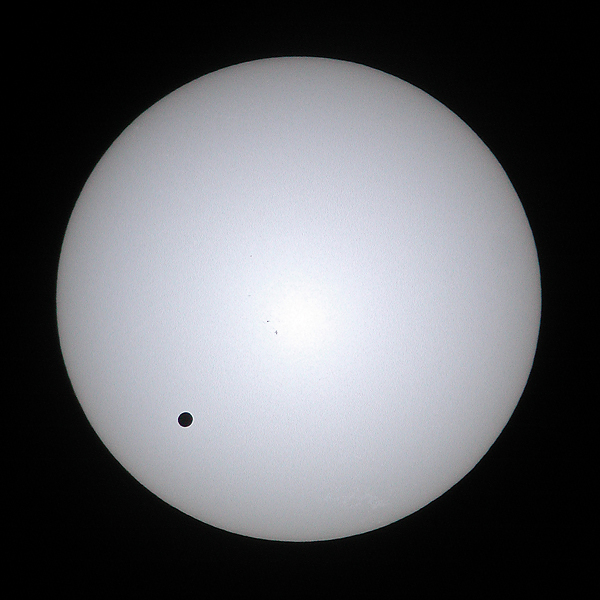
Veteran space photographers Imelda Joson and Edwin Aguirre led two tour groups to Italy for the 2004 transit — Edwin’s group was stationed at the Astronomical Observatory of Rome near Monte Porzio while Imelda’s group was at the Vatican Observatory in Castel Gandolfo. For the photo above, Edwin used a Takahashi FC-60 apochromatic refractor and his trusty Nikon Coolpix 990 digital camera to document Venus’s passage across the sun’s disk in ‘white light.”
Observing the Sun Safely
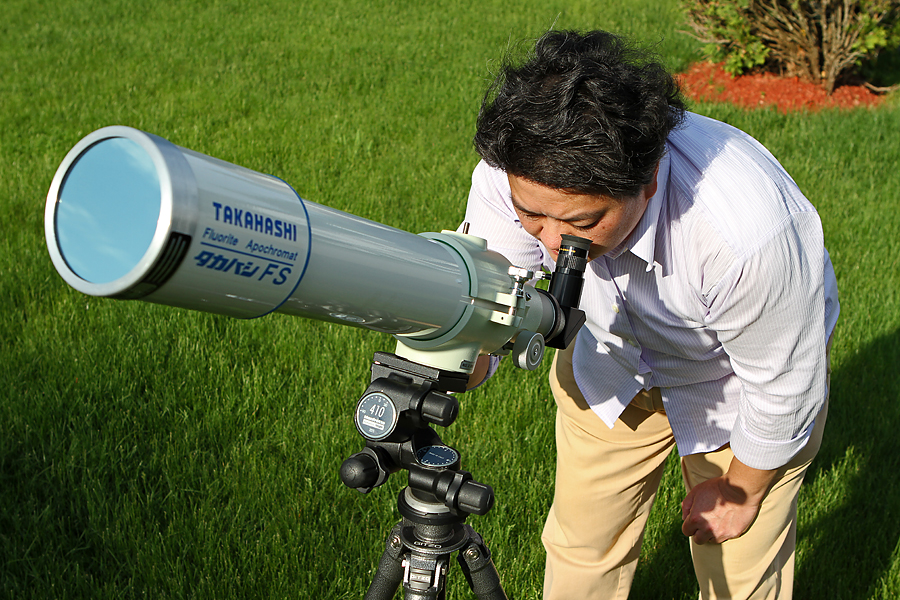
WARNING: Never look at the sun directly with your naked eyes or through telescopes, binoculars, telephoto lenses, or cameras. Doing so can result in serious eye injury called ‘solar retinopathy.” Always use a filter (shown above) that is specifically designed for viewing or photographing the sun, and make sure it’s mounted securely on the front of your camera lens or telescope.
Venus Transit 2012 World Visibility Map
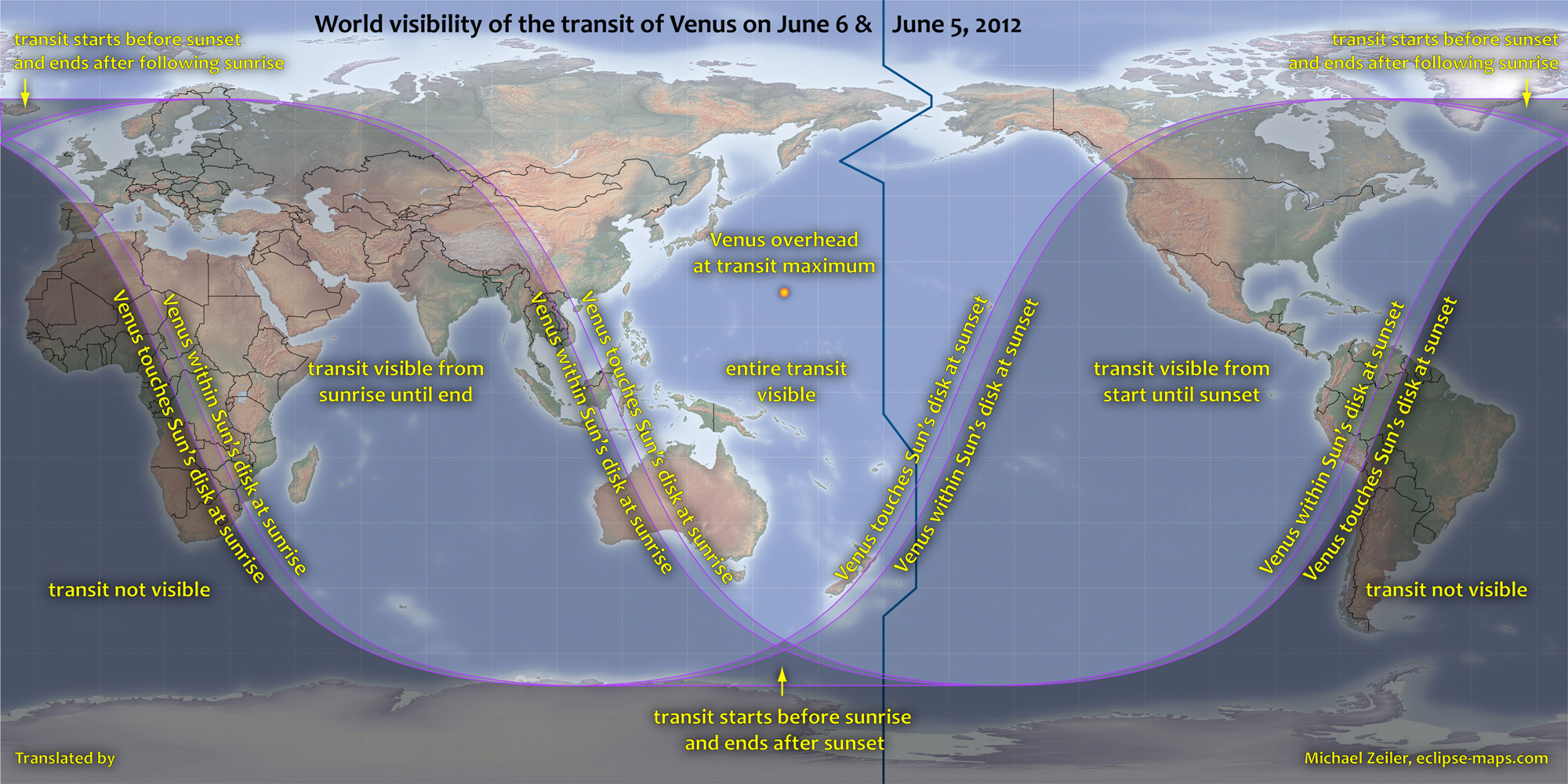
World visibility of the transit of Venus on 5-6 June 2012. Spitsbergen is an Artic island – part of the Svalbard archipelago in Norway – and one of the few places in Europe from which the entire transit is visible. For most of Europe, only the end of the transit event will be visible during sunrise on 6 June.
DSLR Camera Attached to Telescope
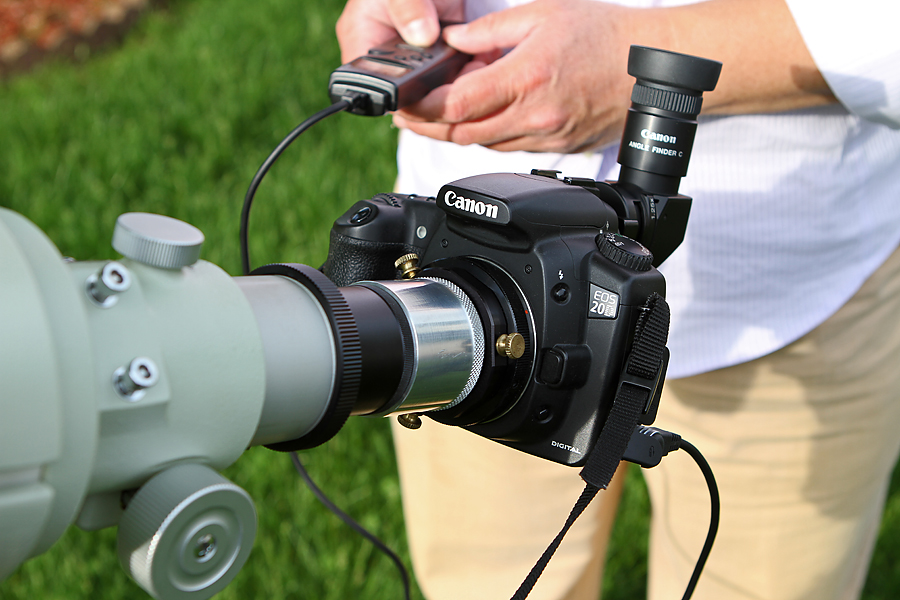
To mount your digital SLR camera securely to your telescope, use a standard T-adapter and a T-ring that mates to your particular camera brand (check your local camera store for availability). In this setup, the authors use the DSLR’s mirror-lockup feature and a cable release to trip the shutter, thereby minimizing camera shake. They also use a right-angle 2.5X magnifier to help achieve sharp focus.
Get the Space.com Newsletter
Breaking space news, the latest updates on rocket launches, skywatching events and more!
Transit of Venus: Point and Shoot
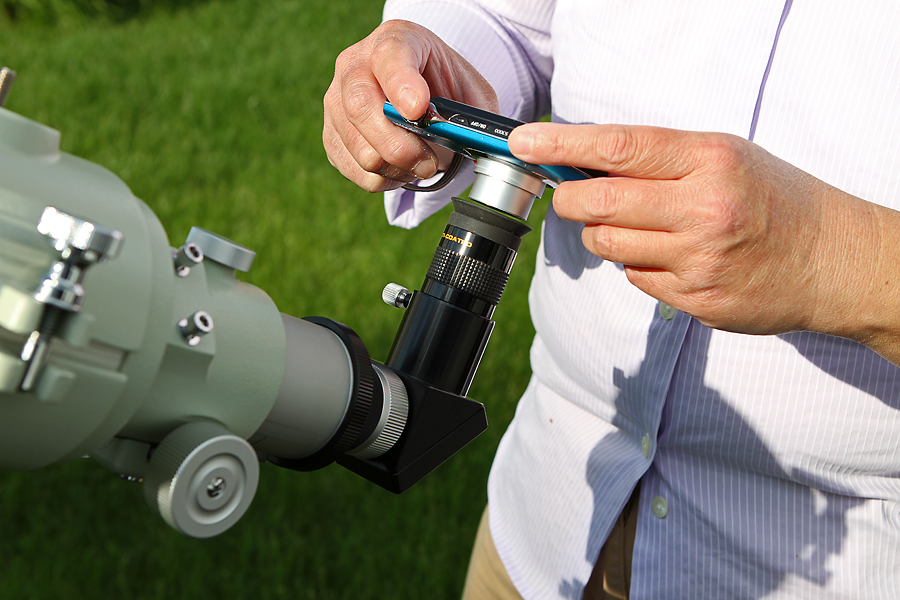
Your automatic “point-and-shoot” camera is great not only for taking photos of birthday parties and family vacations but also pictures of Venus in transit through a solar-filtered telescope. Simply insert an eyepiece with a wide field and long eye relief into the telescope focuser and hold your camera lens close to the eyepiece as steady as you can. Use the camera’s built-in LCD screen to center the sun and compose your shot. Zoom in as needed.
Smartphone Photo of the Sun
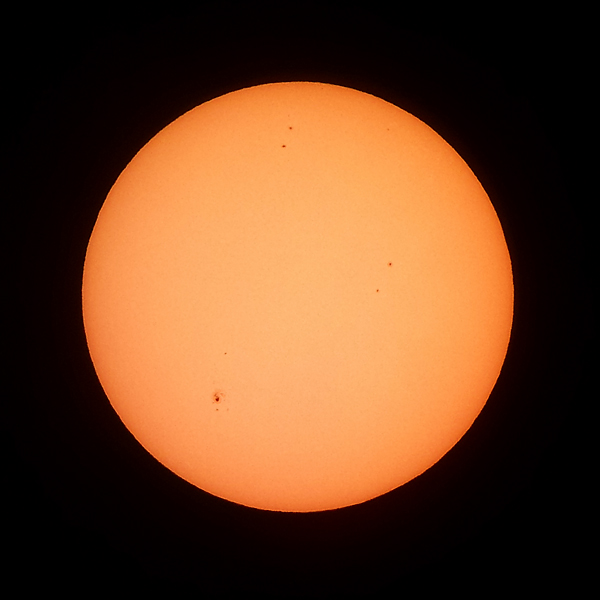
You can even use your cell-phone camera to take decent shots of the transit through a solar-filtered telescope and share them immediately with other people. This view of the sun speckled with small sunspots was captured by the authors on May 13 using their Samsung Droid Charge smartphone’s built-in 8-megapixel camera in auto-focus/auto-exposure mode. The phone was held by hand over the eyepiece of a 3-inch refractor fitted with a metal-coated glass solar filter.
Portable Telescope on a Tripod
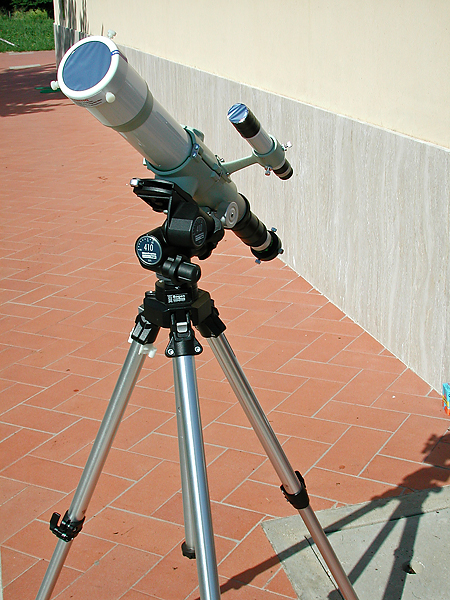
Whether you’re traveling by land, sea, or air to your observing site, try to keep your setup as compact and portable as possible. Portability is especially essential if you need to relocate in a hurry to escape clouds. This was the setup used by Edwin Aguirre to record the 2004 transit of Venus from the Astronomical Observatory of Rome.
Your Guide to Venus Transit 2012 (Infographic)
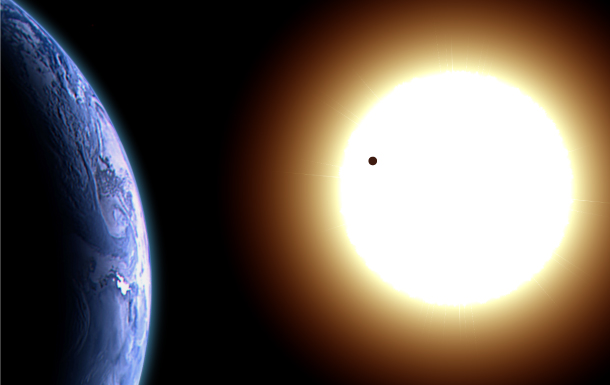
Make sure to see the June 5 passage of the planet Venus across the face of the sun: a similar event won't happen again until the year 2117.
Partial Lunar Eclipse Map for June 4, 2012
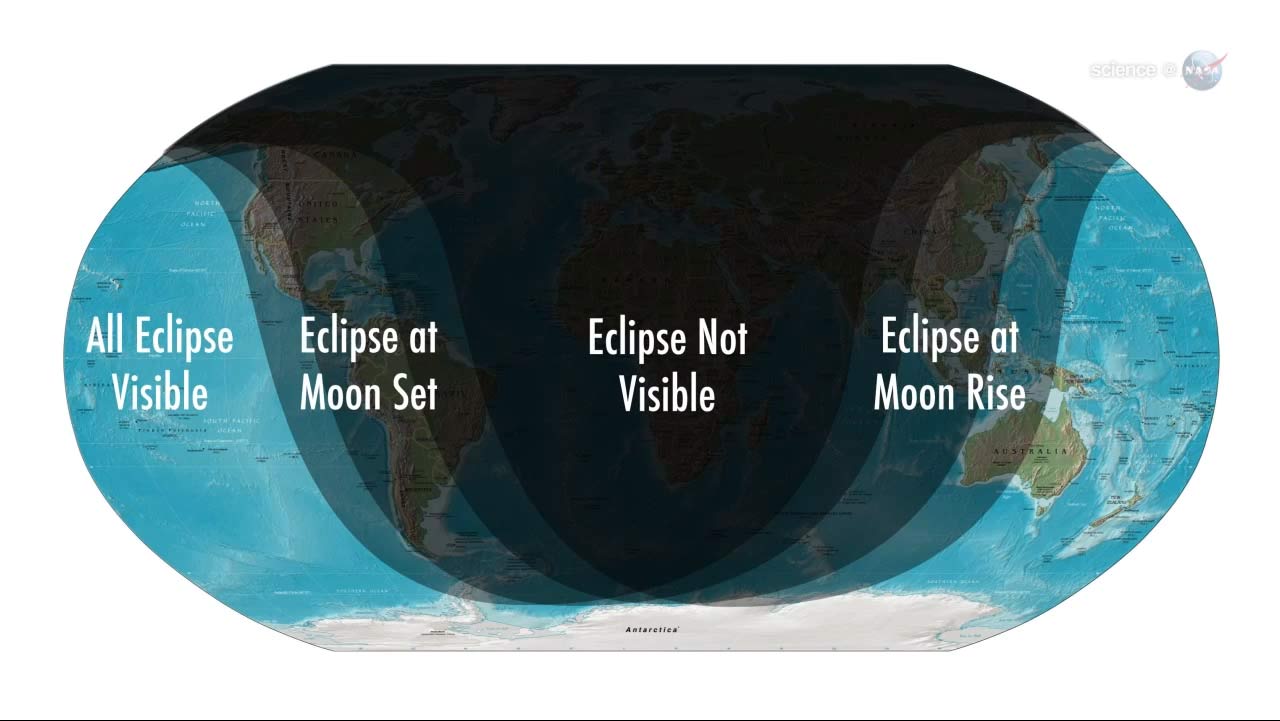
This map shows areas of visibility around the world for the partial lunar eclipse on June 4, 2012.
Join our Space Forums to keep talking space on the latest missions, night sky and more! And if you have a news tip, correction or comment, let us know at: community@space.com.
Imelda B. Joson is a veteran astrophotographer, as well as an eclipse chaser and world traveler. With her husband, Edwin Aguirre, she has organized, led and/or participated in 11 solar eclipse expeditions in North America, Asia and Africa. The pair also conceptualized and created National Astronomy Week, an event that celebrates and publicizes astronomy in the Philippines.








